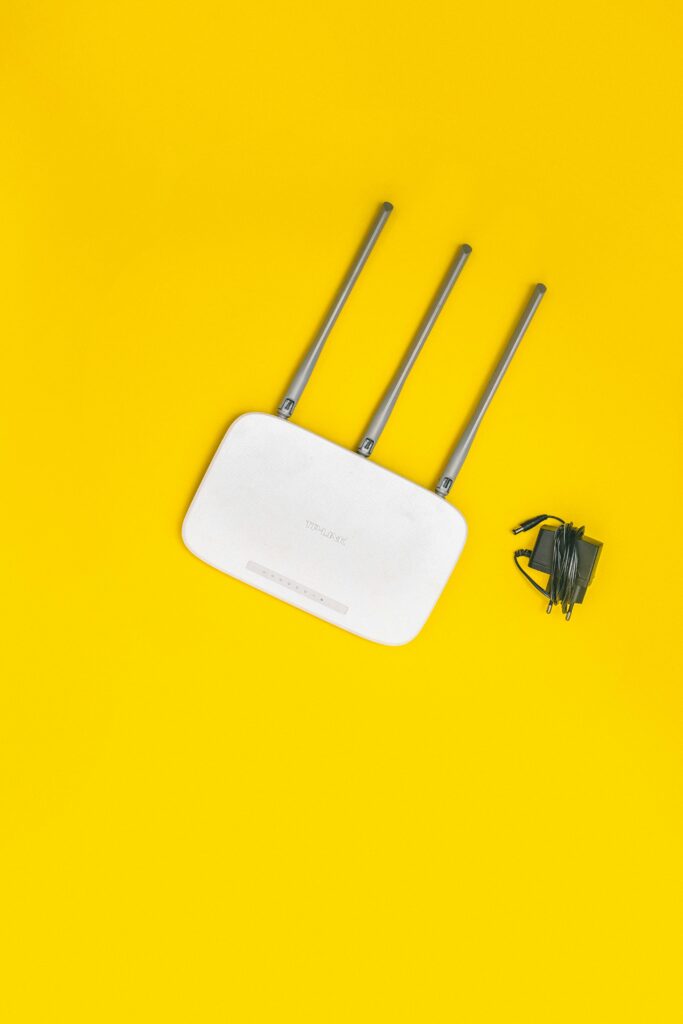
A router functions similarly to a compact computer, operating on tailored software that is expressly designed for a specific purpose. These routers come equipped with their operating systems, frequently featuring a user-friendly graphical interface, and are typically connected to the vast digital world of the internet.
In the same vein as all computing devices, routers are susceptible to malware infections. However, the methods of attack and the potential damage inflicted can vary significantly from those of a conventional computer hack.
Routers are vulnerable to security issues.
The considerable price disparities between routers often baffle consumers. Unlike personal computers, where the quality difference is instantly discernible, it’s not always the case with routers. Additionally, given routers are typically anchored to a particular location, assessing their dependability across diverse environments, as is possible with highly portable laptops or smartphones, becomes a significant challenge.
Routers frequently don’t receive updates, or if they do, the updates have to be manually downloaded and applied – a laborious task that can be intimidating to individuals with limited technical expertise.
Routers are lucrative targets for hackers, occupying a highly sensitive position in a network – right on the cutting edge. They constitute a centralized point, connected to every individual device within the network. Routers interpret all the data transmitted to the internet by these devices, and if these connections are not encrypted, the router could effortlessly inject malevolent scripts and links.
Contrasting with devices that users interact with directly, anomalous activities in routers may remain unnoticed for a considerably lengthy duration. When a router becomes compromised, there are no pop-ups or warning signals, and symptoms like fluctuating internet speed or intermittent connection disruptions might seem indistinguishable from issues originating from the Internet Service Provider.
Remote-access routers are susceptible to exploitation.
As a standard precautionary measure, a router’s control panel should remain accessible only to those in its immediate vicinity. This strategy considerably diminishes the potential attack surfaces, making it exceedingly difficult for cybercriminals to launch anonymous or remote attacks on the router. Furthermore, it renders large-scale attacks on multiple routers concurrently virtually impossible.
Limiting access exclusively to wired connections is a significant stride towards bolstering router security. In the absence of Wi-Fi, control over the router relies entirely on physical access — a security paradigm to which we are considerably more accustomed.
The absence of Wi-Fi connectivity negates the need for concerns about wireless hacks. The primary task is to ensure the area where the router is stationed remains inaccessible. If the router is located in a public area, we can effortlessly secure it with a physical lock.
Numerous routers have previously been compromised.
In the year 2014, a formidable menace known as the Moon Worm staged a massive invasion of a substantial number of E-Series Linksys routers. An administrative panel, which was negligently left unsecured by default, coupled with inadequate credential verification, served as a gateway for this malicious software, whose ultimate aim remains shrouded in mystery. Linksys did eventually provide a patch, but until then, users were urged to disable remote access on their routers as a defensive measure. It is unclear how many users, habitual followers of information security blogs, actually heeded this advice.
Several months before the Moon Worm incident, Polish online banking users found themselves at the receiving end of a cunning cyberattack. The routers were infected with malware in a manner strikingly similar to the Moon Worm infiltration, albeit with minor modifications to the software.
It misdirected the router to alternative DNS servers, which, in turn, redirected users to fraudulent sites whenever they attempted to access their banking URLs. Consequently, their accounts were jeopardized. In a similar vein, another cyber onslaught breached 300,000 routers globally.
Meanwhile, within the same year, cybercriminals in Germany succeeded in hijacking several routers, swindling thousands of euros from each affected user. The attackers cunningly set up virtual VoIP phones and exploited them to dial pricey premium numbers. This fraudulent scheme was made possible due to the routers’ default setting, which permitted remote logins.
What if my router is compromised?
The initial step towards reclaiming control over your system is to locate the reset button situated on the rear side of the router. This button is typically minuscule and requires you to press it for a few moments using a needle or a paper clip. The commencement of the reset process is indicated by the flickering lights on the router.
Activating the reset function will return the router to its factory settings, similar to its condition when initially purchased. Following this, you will be prompted to establish a new password and reconfigure all remaining settings. However, it’s important to note that the vulnerability that led to your router being compromised will persist, increasing the potential of another breach soon.
To protect your system, educate yourself about the frequently encountered security issues associated with your specific router model. This can be done by conducting an online search using the model number. Such a search may provide insights into how your router was infiltrated and the preventive measures you can adopt to avert such instances in the future.
Safeguard against malicious routers.
Should you find yourself in possession of router control authority, select a model you can intrinsically trust and is susceptible to your command. The most suitable option is a router with compatibility with free, open-source software like DD-WRT or Tomato.
Proceed to modify your router’s settings, ensuring that remote access is strictly prohibited and the admin panel is guarded by an intricately long, non-repetitive password. Diligently apply all attainable firmware updates, preferably by configuring your router to autonomously download them.
In certain routers, particularly dated models or budget-friendly options, you may discover that updates are non-existent and security measures are subpar. Although a brand-new router should not induce financial strain, $12 routers are inadequate in terms of security and privacy. Choose a router with open-source software and updates that apply automatically.
When you secure a router capable of running open-source software, flash it with the most recent operating system independently. This approach shields you from potential cyber-attacks more effectively.
If you lack control over your router, for example, if your Internet Service Provider has combined it with your modem or prohibits alteration, or if you access public Wi-Fi, you can still fortify your protection against snooping, corrupt DNS records, or injected malware by employing a VPN.
Private internet access vpn router setup

